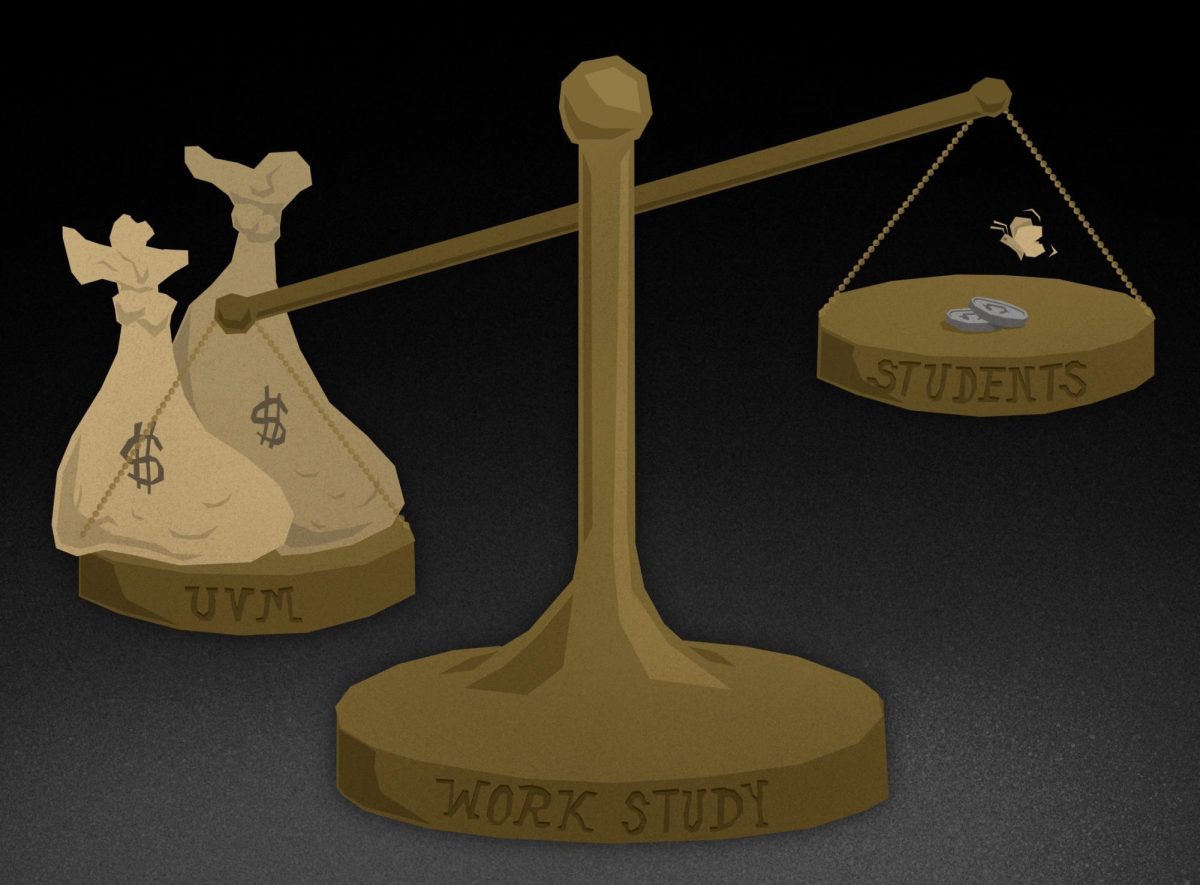The focal points of Bernie Sanders’ presidential campaign are economic issues such as income and wealth inequality, minimum wage, the burden of student debt, and universal healthcare. There are strong economic arguments in favor of his progressive proposals.
Sanders’ record is rock solid, his message for hope is inspiring, and I strongly believe a Sanders presidency will be the best outcome for America. All his proposals I cite here can be found on his campaign website.
The promise of the American dream has long been grounded in the belief that the economy will perpetually grow equally for every American. Robert Gordon, professor of economics at Northwestern University, argues in “The Rise and Fall of American Growth” that this dream may be fleeting.
Gordon finds that during the second industrial revolution starting in 1870 the time required for the standard of living to double was a meager 30 years and that economic growth today has started to slack. He owes this to four main factors, or headwinds as he calls them: rising inequality, slowing pace of education, rapidly changing demographics and a dwindling tax coffer.
[media-credit name=”DANIEL BERNIER” align=”alignnone” width=”279″] [/media-credit]
[/media-credit]
Gordon argues that Income inequality over the last 35 years has been incredibly high. Today, incomes for the top 1 percent are 38 times higher than the bottom 90 percent.
Sanders believes there is something fundamentally wrong when America has a proliferation of millionaires and billionaires at the same time as millions work longer hours for lower wages and when we have the highest childhood poverty rate of nearly any developed country on earth.
As president, he will demand that the super-wealthy and large corporations pay their fair share in taxes. He wants to reverse trade policies like NAFTA and CAFTA that have driven down wages and lost millions of jobs.
He wishes to increase the federal minimum wage from $7.25 to $15 an hour by 2020 and calls for a robust jobs program that would rebuild America’s crumbling infrastructure while employing millions of people.
The second headwind, as described by Gordon, is that the pace of growth of those attaining higher education is slowing; not as many skilled workers are contributing through occupations that are highly productive.
Sanders wants to put an end to a system where millions of bright young people cannot afford to go to college and where millions of college graduates are faced with mountainous debt.
Sanders intends on making public colleges and universities tuition free. To fund this, there would be a 0.5 percent tax on stock, a 0.1 percent tax on bonds and a 0.005 percent tax on derivatives trades.
This plan demands that Wall Street contribute to our society in a positive way – after all, we bailed them out. He also proposes a plan where Americans would be able to refinance their student loans at today’s low interest rates.
The next headwind is changing demographics. The population is aging and the number of those who are claiming Medicare and Social Security benefits is growing. The working generation is funding this growth and as the divide between those working and those retiring grows, the burden will magnify.
Sanders believes health care is a right, not a privilege. Every person in our country should be able to access the health care they need regardless of income. He proposes a “Medicare for All” plan that would eliminate insurance premiums. A family making $50,000 would only pay $1,100 in health care income taxes.
That’s $3,855 less than what they would pay out-of-pocket for the average premium. The average American family can save $3,855 to $5,173 per year.
The final headwind is that both Medicare and Social Security will run out of money in the next 15 years. The only way to fix that is to decrease benefits or increase taxes, both of which will result in a significant loss of disposable income.
Today’s Social Security Act caps the amount of income subject to the payroll tax at $118,500. This means that someone making $10 million a year pays the same amount in payroll taxes as someone making $118,500 a year.
Sanders introduced the Social Security Expansion Act to the Senate recently whereby all income over $250,000 would be subject to the payroll tax. According to the Center for Economic Policy Research making this change would impact only the top 1.5 percent of wage earners.
If nothing is done to address these problems, America’s economic future looks very bleak. If productivity growth per person is estimated to be the same as the last 25 years, we are looking at a rate of 1.2 percent. With more people leaving the workforce than joining it, that rate goes down to 0.8 percent. Factoring in inequality, growth for the median income household is slashed to 0.4 percent. The bleak fiscal outlook further reduces that rate to 0.3 percent.
The scope for progress is almost zero when disposable income for the median household is growing at 0.3 percent. Gordon writes that at this rate, as many people will be falling back as moving ahead. Only a Sanders presidency will address these economic problems effectively and efficiently, and through his “political revolution”, progressives will occupy both the House and the Senate. Rest assured, America will truly have a “future to believe in” in Bernie Sanders.







